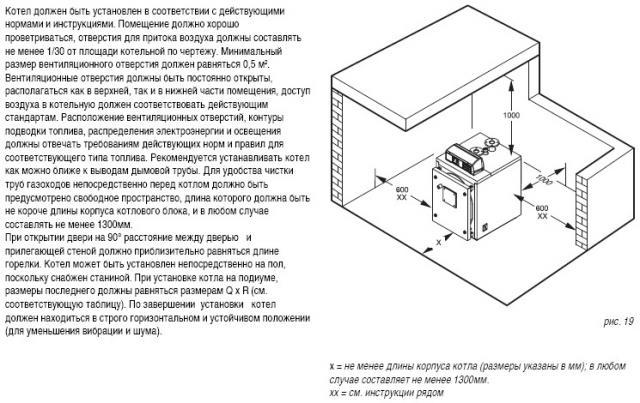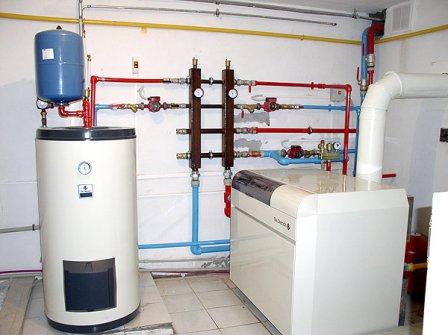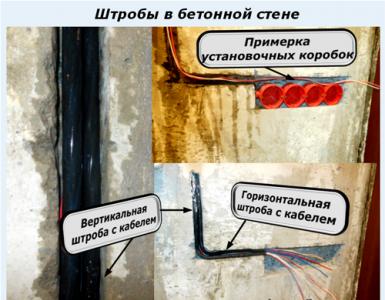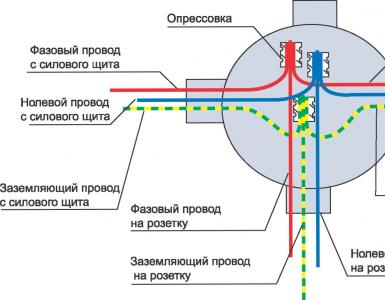Requirements for a room for installing a gas boiler: basic rules of SNiP
Requirements for the premises
The installation of a boiler room for a gas boiler is a very serious matter. Anyone who has encountered this problem at least once knows how many requirements are placed on the room where the gas boiler will be located. Interestingly, the question of how to install a wall-mounted gas boiler sounds much more often. After all, many believe that this installation process is the main one.
Do not forget that according to many technical documents (SNiP), the room where the gas boiler is installed belongs to the category of fire and explosion hazard. Therefore, even at the stage of designing a boiler room, and even more so at the stage of installation and configuration, all requirements must be strictly met.
General requirements
There are certain requirements for all rooms where gas boilers are installed:
How are the dimensions of the room and the power of the unit related?
There are also certain rules that relate to the relationship between the size of the room and the power of gas boilers.
We bring to your attention several positions:
Many consumers, especially those who decide to organize autonomous heating in a city apartment, often ask about the possibility of installing gas boilers for heating and determining the premises for them. Let's just say that there are no strict restrictions in this regard, if all the requirements imposed by the rules and norms of SNiP are met in these premises.
Of course, it is necessary to especially note the kitchens, where these rules and norms are already guaranteed by the project of the house. But here there is one important nuance. It is necessary to take into account the total heat output coming from all heating appliances in the kitchen. Here we include the cooking stove, heating elements, heating radiators, boilers and more. So their total power should not exceed 150 kW.
Other requirements

Installation of a gas boiler indoors
And a few more requirements:
kitchen requirements
When it comes to a private house, or rather, the installation of gas boilers in it, problems with requirements are solved easily and quickly. Organizing a separate furnace is not difficult. It will be necessary to attach a small room with your own hands that meets the necessary standards. This will have little effect on the cost of construction.
But installing a gas boiler in an apartment is a much more complicated matter. The best room for this is the kitchen. But even it has certain requirements. We will not once again remind you of the norms that have already been described above. All of them must be fully implemented without any deviations.
But there are additional requirements:
Attention! All rules and requirements for the installation of gas boilers in private houses and city apartments are identical. There are no distinctions here. The only difference is the organization of a separate boiler room for a private house and the combination of one of the apartment's rooms with a furnace.
Rules for installing gas boilers

Installed floor boiler according to the rules
Everyone knows that gas boilers in the same model range differ in the installation method. There are two groups - floor and wall units. Their difference is not only that they are mounted differently, but also in different technical characteristics. They are especially different from each other in terms of power.
Floor units are more powerful, while wall units are low-power. Hence their dimensions. Therefore, in apartments, wall structures are most often installed, and in private housing construction - floor structures.
Requirements for outdoor units:
Requirements for wall units

Minimum distance requirements
With this option, everything is much easier. Being installed in the kitchen, it is provided with sewerage, plumbing, ventilation, and a connected gas main. That is, the installation and connection costs are significantly reduced, and the cost of the work performed is reduced.
But there are some requirements that must be taken into account:
Do-it-yourself connection of gas boilers is prohibited. This is especially true for the gas pipeline. It has its own requirements, the main of which is the availability of permission to perform this type of work. If you have it, then there is no problem - you can do everything yourself.
You can adjust the boiler yourself, but we recommend entrusting the first adjustment to a professional. Here it is important to carry out everything in full accordance with the requirements that apply to the instructions for the gas boiler.
Conclusion on the topic
When the consumer faces the problem of installing a gas boiler, first of all it is necessary to choose the right heating unit itself. And based on its power, then select the size of the room, fulfilling all other requirements.













